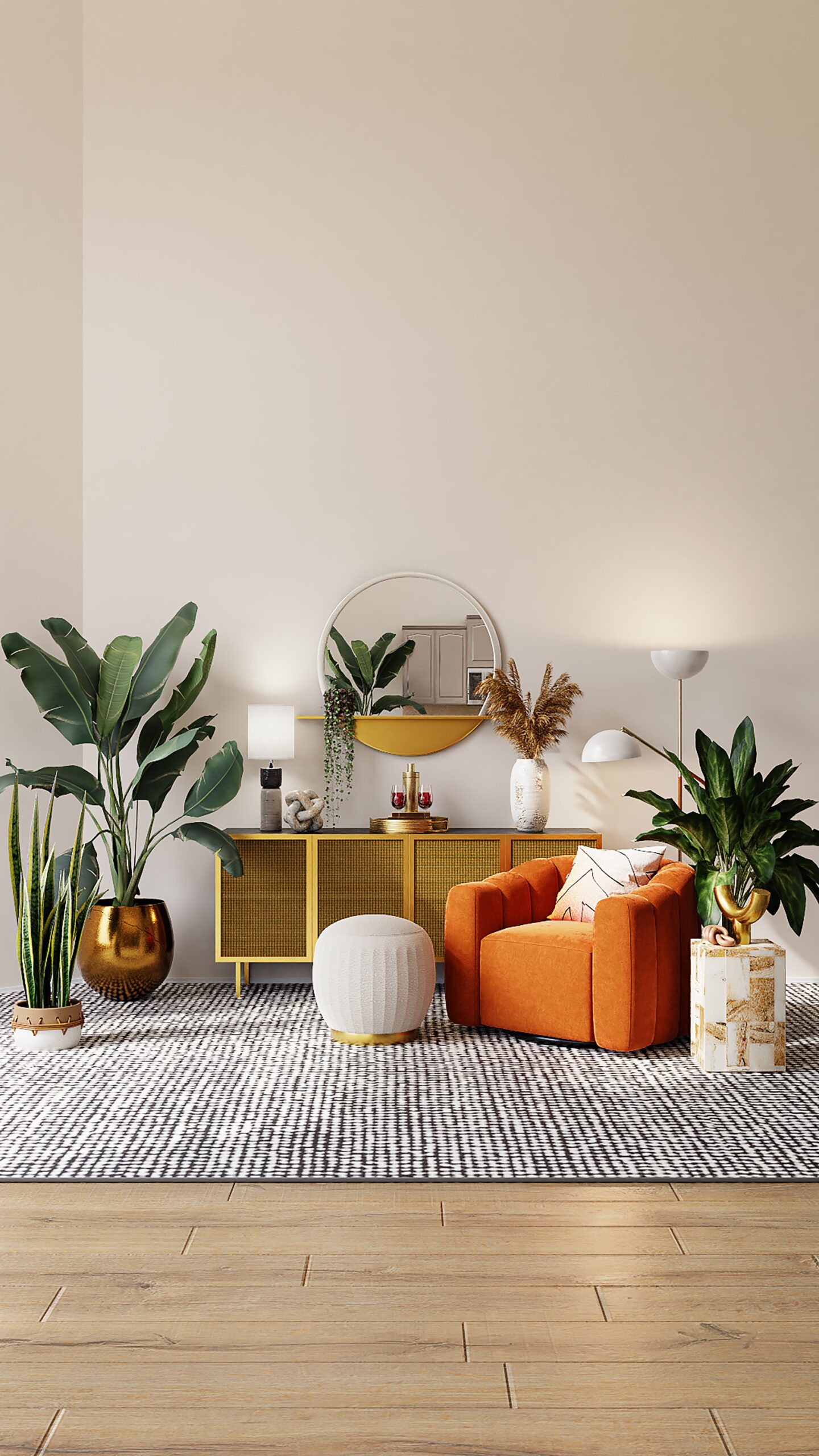Introduction
Are you passionate about creating beautiful and functional spaces? Do you have an eye for design and a knack for transforming ordinary rooms into extraordinary ones? If so, a career in interior design may be the perfect fit for you. In this blog post, we will guide you through the essential steps to kickstart your journey in the exciting world of interior design.
Educate Yourself
Before diving headfirst into interior design, it is crucial to gain a solid foundation of knowledge and skills. Consider enrolling in an accredited interior design program to learn the principles of design, color theory, space planning, and other essential concepts. Many universities and colleges offer both in-person and online courses, allowing you to choose the option that suits your schedule and learning style.
In addition to formal education, staying updated with the latest trends and industry practices is essential. Subscribe to design magazines, follow influential interior designers on social media, and attend design conferences and workshops to expand your knowledge and stay inspired.
Develop Your Style
Every interior designer has their unique style, and developing your own is crucial for establishing your brand and attracting clients. Experiment with different design styles, such as modern, traditional, minimalist, or eclectic, to discover what resonates with you the most.
Take inspiration from various sources, including art, nature, travel, and architecture. Create mood boards, collect images, and curate a portfolio of your favorite designs to showcase your style to potential clients or employers.
Build a Portfolio
A well-crafted portfolio is your ticket to success in the interior design industry. Start by documenting your projects, even if they are personal or small-scale. Include before and after photos, floor plans, and any other relevant visuals that highlight your design skills.
If you are just starting and lack professional experience, consider offering your services to friends and family or volunteering for local community projects. This will not only help you build your portfolio but also provide you with valuable hands-on experience.
Network and Collaborate
Networking is key to establishing yourself as an interior designer. Attend industry events, join professional organizations, and connect with other designers, architects, contractors, and suppliers. Building relationships with professionals in related fields can lead to collaborations and referrals, opening doors to new opportunities.
Additionally, consider creating an online presence through a website or social media platforms. Share your work, engage with your audience, and showcase your expertise to attract potential clients or employers.
Gain Practical Experience
While education and a strong portfolio are important, gaining practical experience is equally crucial. Look for internships or entry-level positions at design firms, architecture firms, or furniture showrooms. Working alongside experienced professionals will provide you with valuable insights into the industry and allow you to apply your knowledge in real-world scenarios.
During this phase, be open to learning and be willing to take on various tasks. Whether it is assisting with client meetings, creating design presentations, or managing projects, every experience will contribute to your growth as an interior designer.
Market Yourself
As you gain experience and confidence, it’s time to market yourself and your services. Create a professional website and showcase your portfolio, services, and contact information. Utilize social media platforms to share your work, engage with potential clients, and build a strong online presence.
Consider offering free consultations or discounted rates for initial projects to attract clients and build a positive reputation. Encourage satisfied clients to provide testimonials or reviews to further enhance your credibility.
Continuing Education
The field of interior design is ever-evolving, and it is crucial to stay updated with the latest trends, materials, and technologies. Consider pursuing continuing education courses, attending workshops, or obtaining certifications to enhance your skills and expand your knowledge base.
Remember, starting a career in interior design requires dedication, hard work, and continuous learning. With passion and perseverance, you can turn your love for design into a fulfilling and successful profession.
Conclusion
Embarking on a career in interior design can be an exciting and rewarding journey. By educating yourself, developing your style, building a portfolio, networking, gaining practical experience, marketing yourself, and pursuing continuing education, you can lay a solid foundation for a successful career in this dynamic field. So, take the first step, unleash your creativity, and let your design dreams come to life!




